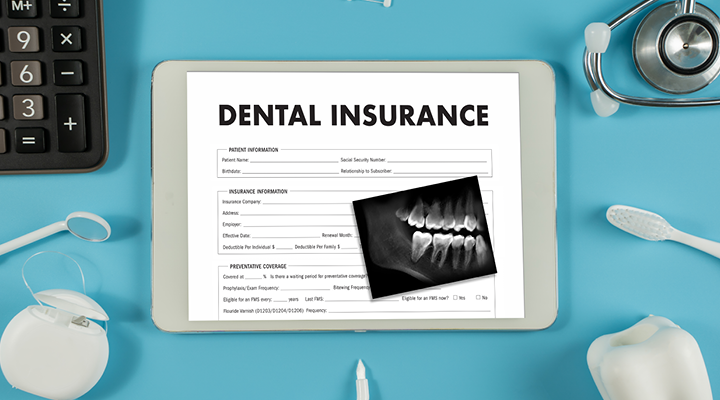
Navigating the world of dental insurance can feel like decoding a different language with its array of terms and abbreviations. However, learning these terms can empower you as a knowledgeable dental insurance consumer.
Coinsurance vs. copay, for example, are often misunderstood insurance terms. But they are both important when it comes to understanding the costs of your dental insurance.
Coinsurance vs. copay
Knowing the differences between coinsurance vs. copay is important when budgeting for your dental expenses.
Coinsurance
Coinsurance refers to the percentage of costs for covered dental services that you are responsible for paying after you’ve met your deductible. It’s a form of cost-sharing between you and Delta Dental of New Mexico.
Once you meet your deductible, you will pay a percentage of the total cost of the service, rather than a fixed amount like a copayment, while we will cover the remaining percentage.
For example, if your coinsurance is 20 percent for a particular service and the total cost is $1,000, you would pay $200 (20 percent) and Delta Dental of New Mexico would cover the remaining $800 (80 percent).
Pro tip: Coinsurance levels usually vary by type of service, with basic preventative and diagnostic services often covered at the highest levels.
Copays
Copayments, often referred to as copays, are a fixed amount that you pay for covered dental services at the time of receiving care. Unlike coinsurance, which is a percentage of the total cost, copays are a set fee. Copays are determined by your insurance plan.
Copays can vary depending on the type of service received, such as a root canal, dental filling, or a consultation with a specialist. Typically, copays are due at the time of service. They don’t count toward your deductible or out-of-pocket maximum. They are designed to share the cost of dental care expenses between you and Delta Dental of New Mexico.
An important note about coinsurance vs. copays
Coinsurance and copays are your only out-of-pocket costs once you meet your deductible, unless you’ve reached your annual maximum. But keep in mind that costs and levels vary by plan. Log into the member portal to find the details of your coverage.
If you need help understanding how your coverage applies to the care you need, use our cost estimator!
